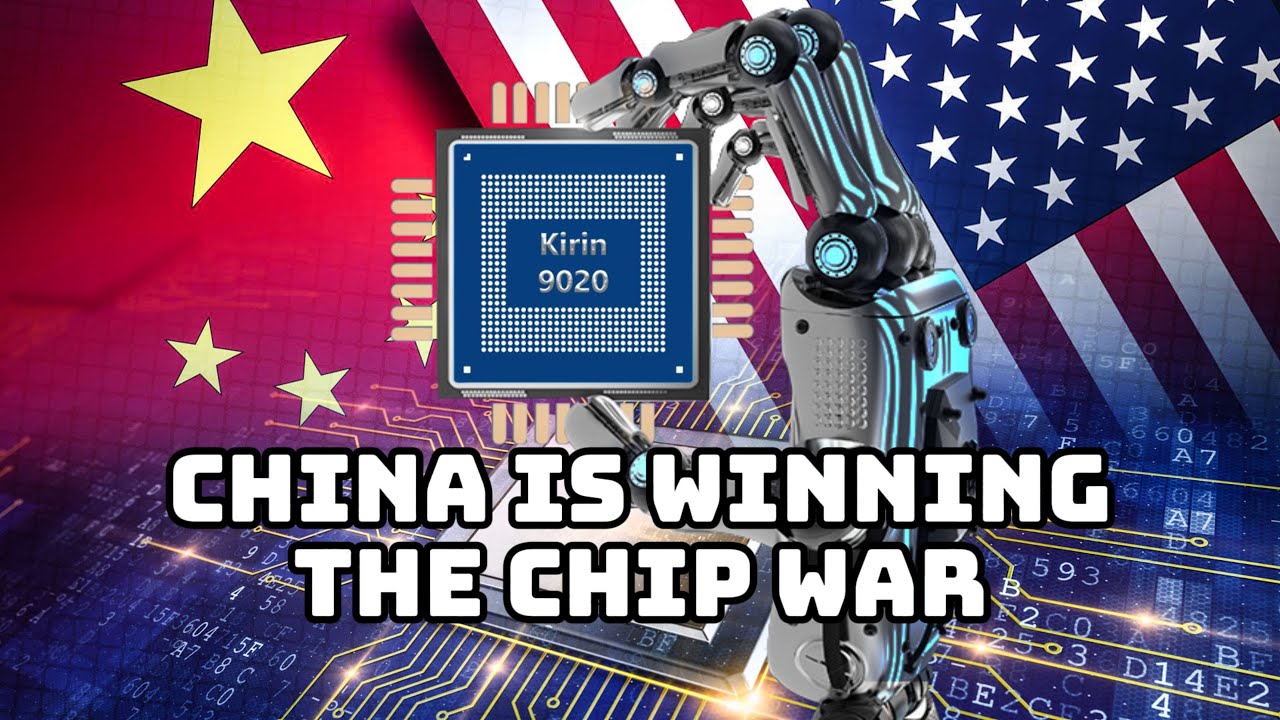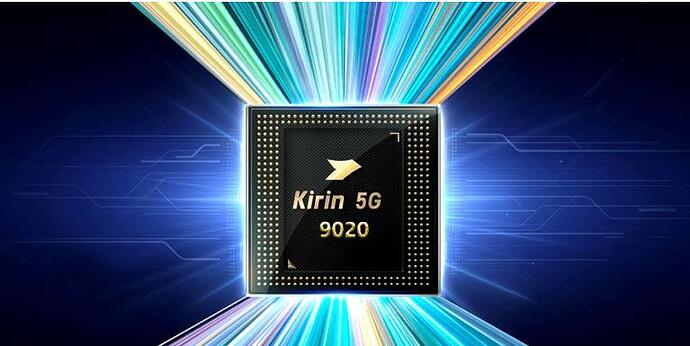Huawei’s Mate 70 and Kirin 9020: A Milestone in the China-US Chip War
In the increasingly fierce China-US chip war, the Huawei Mate 70 phone and its Kirin 9020 chip have become a major focus. The video provides an in-depth analysis of the chip’s technological breakthroughs, the current state of China’s chip manufacturing, and its symbolic significance in the technological confrontation between China and the United States.
Kirin 9020: A Leap in Performance and Technological Catch-up
The video points out that the performance of the Kirin 9020 chip has improved by over 30% compared to its predecessor, the Kirin 9000, demonstrating Huawei’s continuous progress in chip technology. Although its performance is still several generations behind Apple’s latest chips, it is roughly equivalent to the A13 chip found in the iPhone 11 Pro. This shows that despite U.S. sanctions, China’s independent R&D capabilities in chip design and manufacturing are steadily improving.
China’s Breakthrough in Chip Manufacturing
Due to U.S. sanctions, China cannot obtain chips below 7nm from TSMC. The video explains how China, through SMIC, uses ASML’s DUV lithography machine with multiple exposures to manufacture 7nm chips. Although the yield rate of this method is relatively low, the successful mass production and launch of the Kirin 9020 chip signify that China now has the ability to stably provide chips with 7nm or even equivalent 5nm processes.
The “Stalingrad Battle” of the Chip War
The video likens the launch of the Kirin 9020 chip to a “Stalingrad battle” in the China-US chip war. It argues that the chip’s success is not only a technical victory but also a strategic turning point. It marks China’s shift from a passive to an active role in this conflict, with the goal of achieving self-sufficiency rather than outright technological victory over the U.S. The video also predicts that Huawei will use similar technology to produce AI chips to compete with Nvidia.

